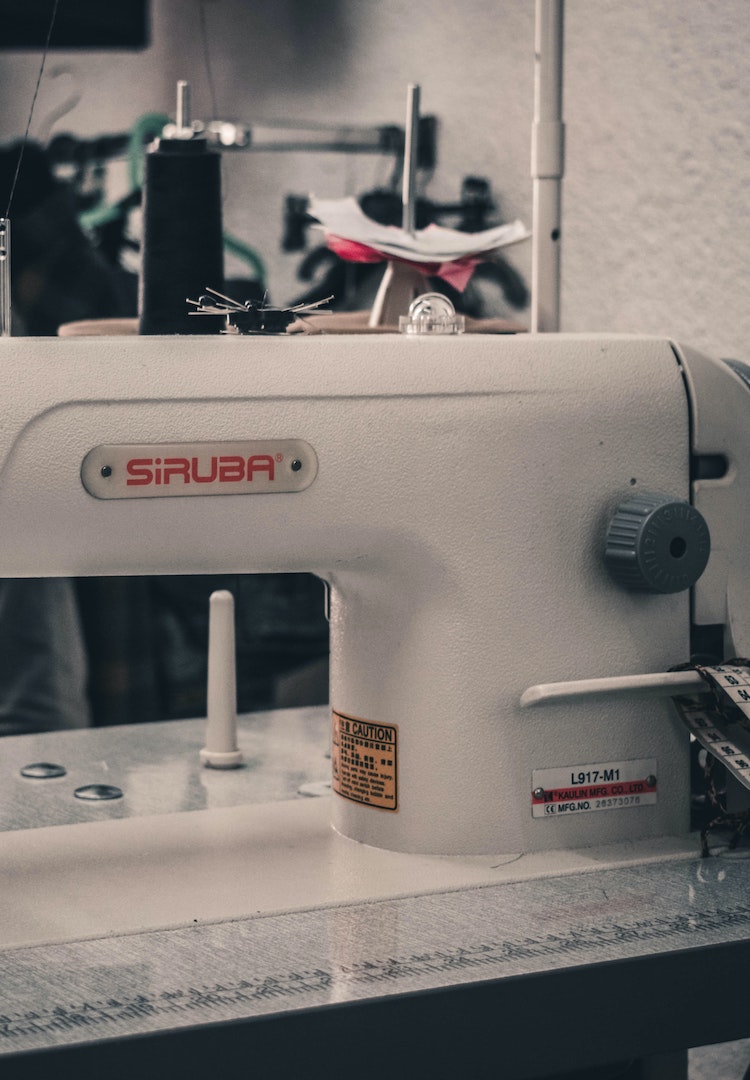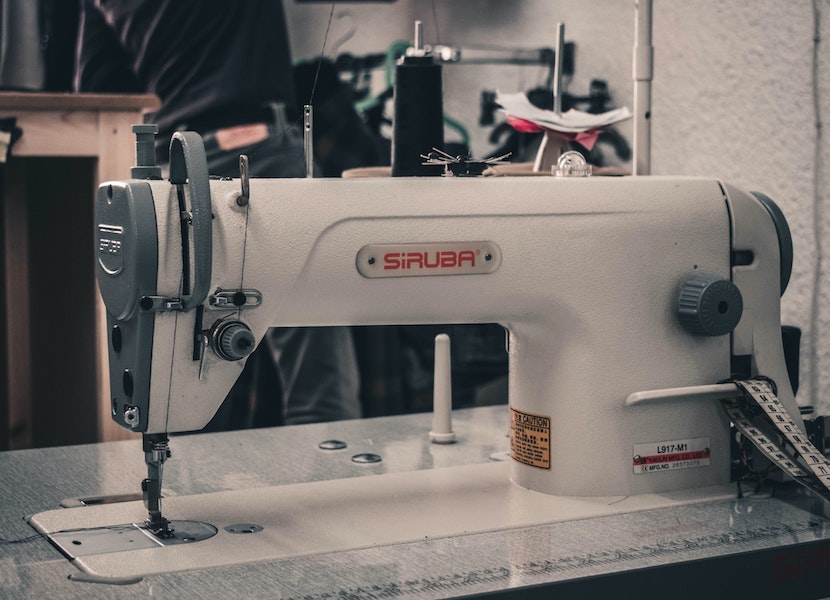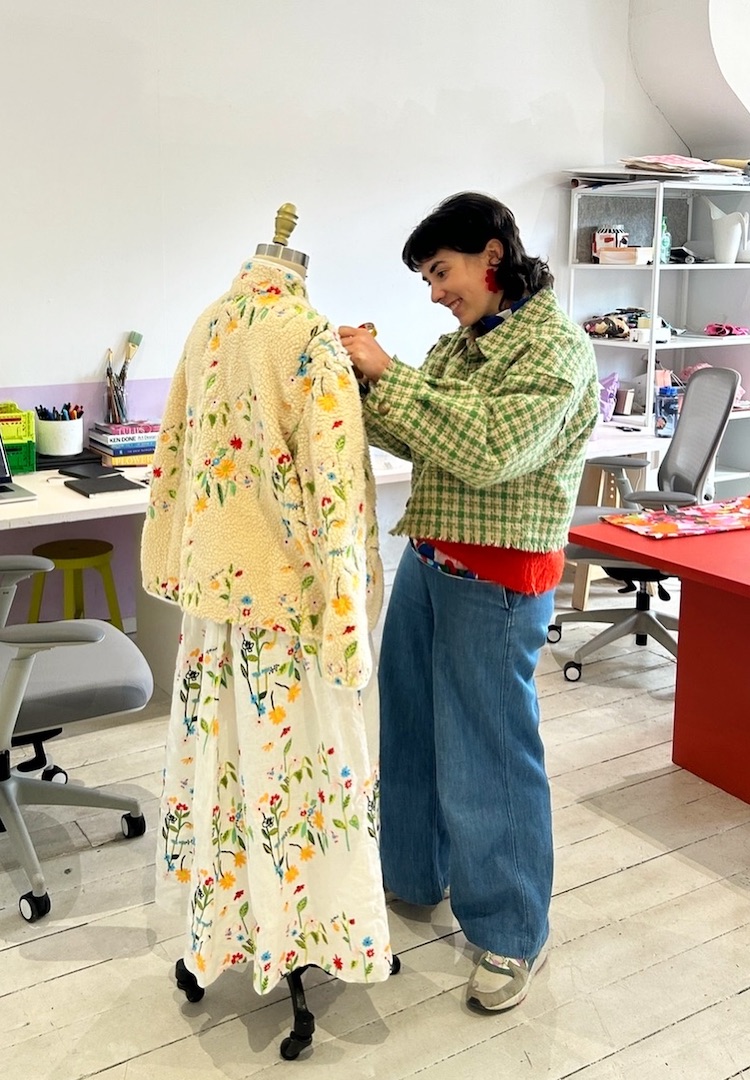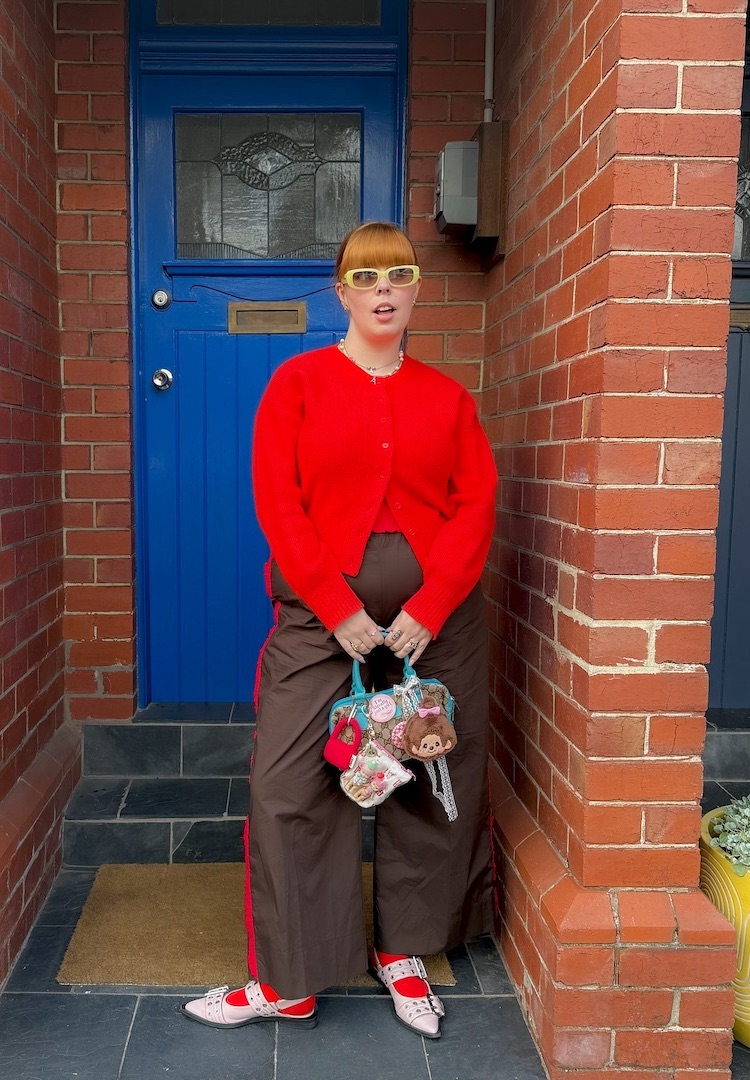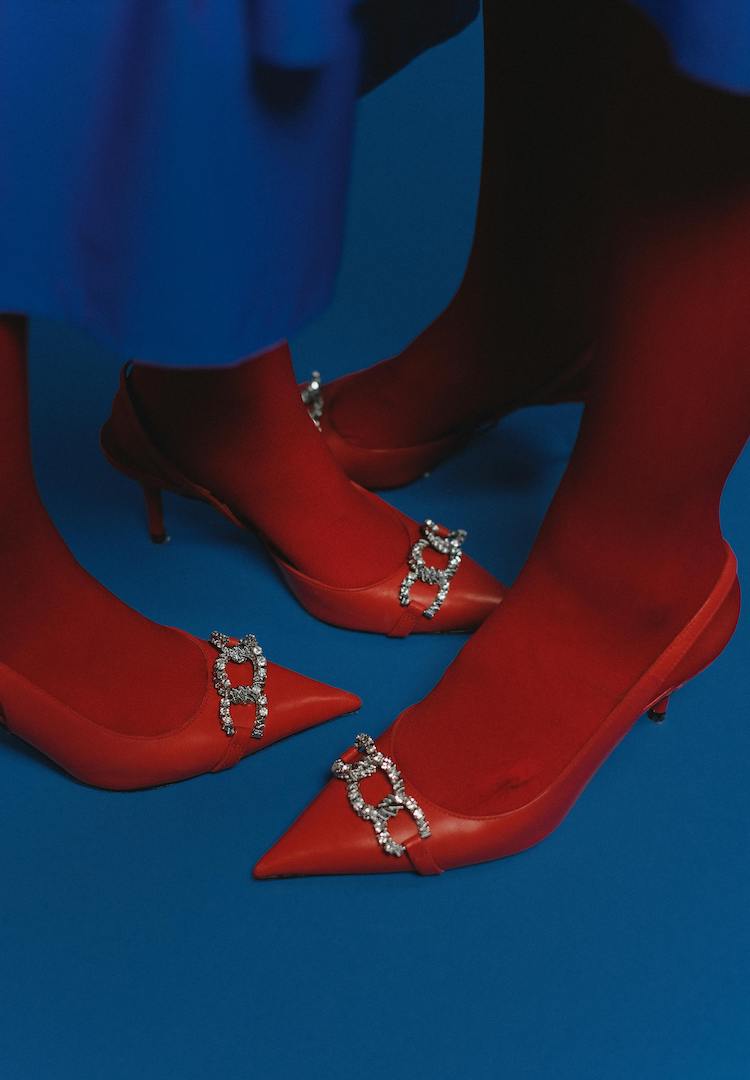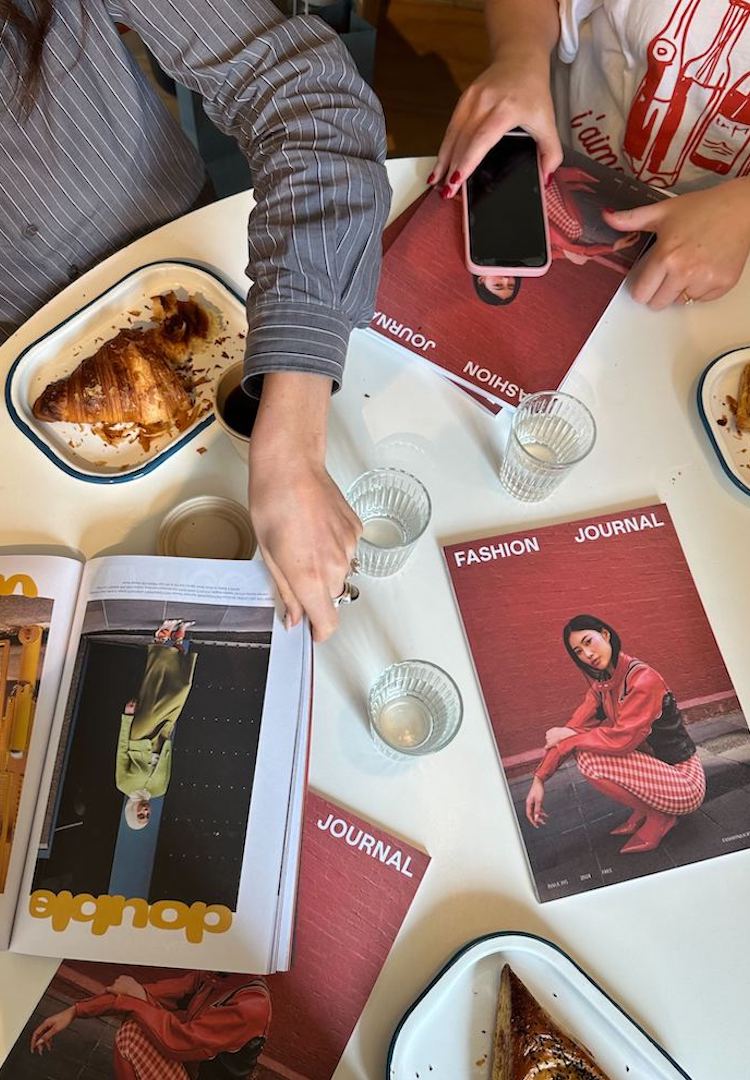What the pandemic means for women in the garment industry, and how you can help
Words by Holly Bodeker-Smith
Global supply chains are in the midst of a COVID-19 reckoning, and fashion has not been immune.
Many of the world’s largest retailers – including Nike, H&M, and Zara – have temporarily closed shop. Millions of job losses have halted consumer spending, and we no longer need to dress to impress (except for the cutie working at the grocer). As a result, the usual demand for clothing has come to a near standstill.
Globally, fashion retail buyers have reacted by cancelling their orders from garment factories, and this is dealing huge blows to many of the 40 million workers in the global garment industry, most of whom are women.
Bangladesh has been hit hard. It has experienced roughly $4.7 billion of cancelled orders. For scale, its garment exports are worth $53 billion each year. Thousands of its factories have shut down indefinitely, and at least 150, 000 of its four million workers have been sent home without pay. Closer to home in Vietnam, about 78 per cent of garment workers have had their hours cut or jobs suspended. One manufacturing unit owner in Gurugram, India, called this “the most severe crisis that we have seen in the last four decades”.
These terminations and shift cuts are clearly a cause for alarm, and they are amplified by standard industry practice. That is, most brands only pay full price on an order once it has been shipped, which causes more than a few qualms. First, it means some exporters haven’t been paid for stock that they’ve already shipped. Second, it is causing unsold deadstock to pile up in some countries, including Australia. And third, it means that if buyers continue to cancel orders – and factories can’t pay their workforce – millions more may lose their jobs.
There is a long road ahead, and even those garment workers that have been sent home with support face challenges. Lawyer and advocate for Bangladeshi garment workers, Chaumtoli Huq, wrote in an email, “Bangladeshi workers are impacted by COVID-19 both at work and at home because they often live in crowded living conditions which make social distancing impossible.” When these workers do eventually return to work, many risk contracting COVID-19 as they travel to and from work in cramped conditions.
These workers hold up the global fashion industry. And the pandemic has made it clear that they need greater economic security and a safety net. There is too much doom and gloom in the present, so let’s shift focus to what is being done to protect these workers through the pandemic right now, and how you too can help.
Many workers and unions on the ground are already rallying for their rights and taking action. Garment workers from Pakistan to Bangladesh have taken to the streets in protest. A union in South Africa has secured 100 per cent wage payment for garment workers through the lockdown. While in Cambodia, 800 workers are set to receive compensation after protesting over their unpaid wages.
Amid growing pressure, larger bodies, too, are sticking their hands out. The governments of Bangladesh and Cambodia are offering financial support for laid-off workers. The European Union has prepared a €5 million EUR emergency fund for Myanmar’s garment workers. And a group of global brands including H&M, Inditex and Adidas have backed a plan to give financial relief to garment workers through this crisis.
Here are some small, tangible ways that you can help, too
- Ask #WhoMadeMyClothes? on social media and tell fashion brands to protect vulnerable garment workers.
- Write to your favourite fashion brands to ensure they are protecting garment workers. Fashion Revolution has created a basic email template here.
- Donate to non-profit organisations supporting garment workers through this time. Fashion Revolution recommends AWAJ Foundation, The Garment Workers Centre, GoodWeave International, The World Fair Trade Organisation, and CARE.
- Donate to Fashion Revolution so they can continue asking brands the difficult questions, and mobilising citizens to campaign for garment workers.
- Humiform is a Melbourne-based brand that sells earth-friendly shirts and supports Cambodia’s Dorsu. Dorsu pays workers a living wage and makes clothing from deadstock fabric. You can support Humiform and Dorsu here and here.
One worker in the Bangladeshi garment industry, Mostafiz Uddon, points out that once this is over and the demand returns, it is these garment workers that the fashion industry will need most. This is a crucial moment for everyone who buys or sells clothes. We must seize it, and continue to find viable ways to support the millions of workers that are stitched into the very fibres of our clothes.


